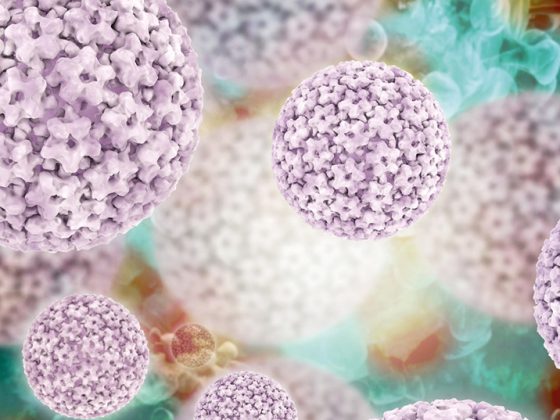Even healed nerve injuries often leave chronic pain and hypersensitivity to gentle touch. Scientists at the Institute of Pharmacology and the Institute of Anatomy and Cell Biology at the Medical Faculty of Heidelberg (MFHD) have now shown in animal experiments that faulty “circuitry” of the pain receptors (nociceptors) leads to a previously unstudied form of so-called neuropathic pain. They occur only in the course of regeneration of nerve connections as the injury heals.
Neuropathic pain, which an interdisciplinary research group investigated as part of the Heidelberg Collaborative Research Center (SFB) 1158 “From Nociception to Chronic Pain”, occurs after traumatic injuries such as bruising: In this case, not all fibers of a nerve supplying the skin, for example, are damaged; in addition, there are still intact fibers whose connection to the skin continues to exist. “So far, only the reactions of the nerve fibers that remain intact to the injury have been studied: In them, there is a sensitization of the pain sensation. In contrast, the fate of the damaged nerves in the course of regenerative processes has hardly been studied so far. Surprisingly, the research fields of regeneration and pain have so far been poorly linked. It is precisely at this interface that we have conducted our research,” explains senior author Professor Dr. Rohini Kuner, director of the Department of Molecular Pharmacology at the Institute of Pharmacology and spokesperson for SFB 1158.
Wrongly “wired” pain receptors are the cause of chronic pain
In chronic pain, a distinction is made between nociceptive and neuropathic pain. Nociceptive pain originates in tissue injury, neuropathic pain in damage to the nerve fibers themselves. Nerve trauma or bruising, in which injured and intact nerve fibers are in direct contact, is particularly prone to the development of chronic neuropathic pain. The new results now show that the chronic pain is not caused by the actual injury, but is due to faulty nerve regeneration as well as faulty restoration of the nerve supply, known as reinnervation.
While the tactile nerve fibers that transmit touch stimuli to the spinal cord and brain do not regenerate or regenerate slowly after injury – hence the initial numbness – the pain-conducting fibers are able to do so more quickly. They take the place of capped touch sensors in the skin instead of sensory fibers. As a result, every tactile stimulus now acts like a pain stimulus – even a gentle caress or the feel of clothing on the skin can then cause pain. “The cause of the pain is a wrong wiring of sensors and occurs accordingly only after some time, when the connection is established. This form of chronic pain is therefore the direct consequence of the reinnervation of the sensors by pain-conducting fibers at the same time as the reinnervation of the tactile nerve fibers fails to occur. This connection was previously completely unknown,” says first author Dr. Vijayan Gangadharan.
“Our results answer the long-standing question of how complex neuropathic pain in patients occurs, for example, after nerve crush injuries. They bridge the gap between the fields of regeneration and chronic pain and reveal the importance of neuronal aberrations during the healing process,” adds Prof. Kuner. Currently, there is no treatment option to specifically alleviate or prevent this form of chronic pain. In the future, the interdisciplinary team will therefore address the question of how the injured tactile fibers can be stimulated to regenerate so that the loss of balance between touch and painful sensations does not occur in the first place.
Original publication:
Gangadharan, V., Zheng, H., Taberner, F.J. et al. Neuropathic pain caused by miswiring and abnormal end organ targeting. Nature (2022). https://doi.org/10.1038/s41586-022-04777-z











